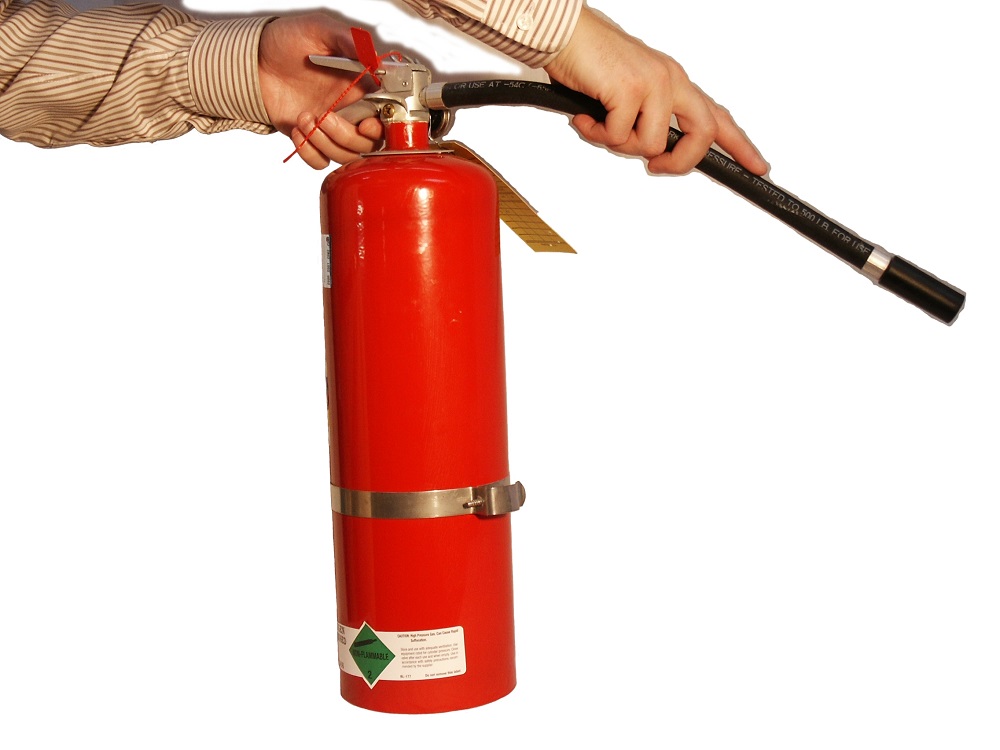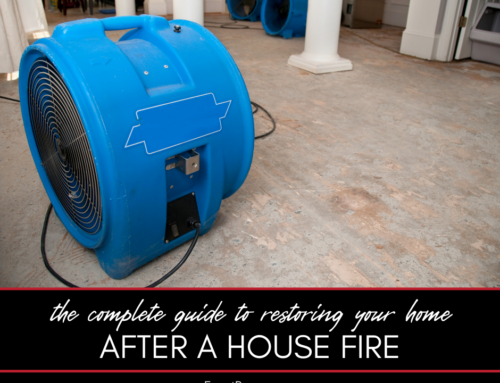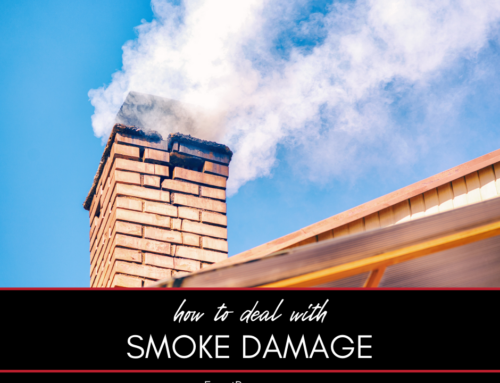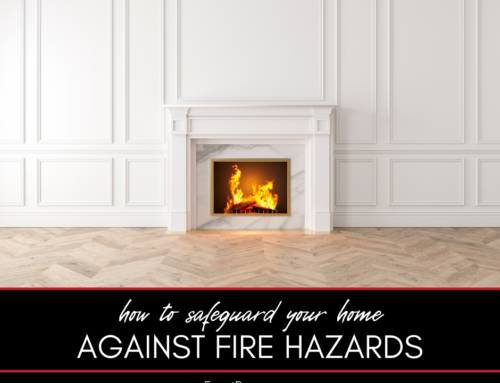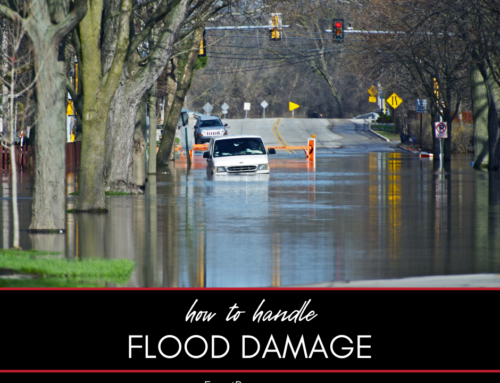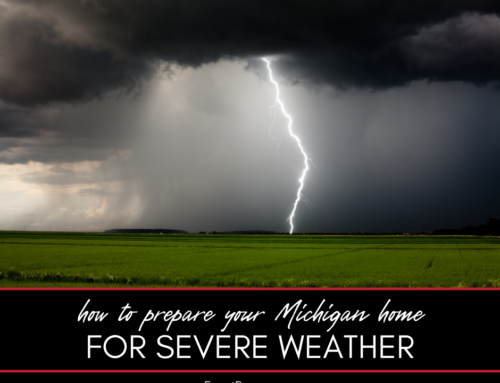Unfortunately, thousands of people’s kitchens will fall victim to fire this year. Do you know what to do in the event of a kitchen fire? This guide provides you with valuable tips that you can use to prevent a stove fire from destroying your entire home.
How to Put Out a Fire on Your Stove
First things first: Don’t attempt to put out a kitchen fire if it’s not safe for you to do so. If the fire is extremely large, you should leave the area and call 9-1-1 immediately. With that said, you can use these tips to put out a kitchen fire before it spirals out of control:
- Cover the flames with metal
- Turn off your heat source
- Pour baking soda or salt on it to smother the flames
- Spray the fire with a Class B dry chemical fire extinguisher
Here’s a closer look at each.
Step 1 to Put Out a Fire on Your Stove: Cover the Flames With Metal
Grab something metal, such as a pot or a cookie sheet, and attempt to cover the flames with it. You want to use metal because it’s not flammable, and because it can prevent oxygen from getting to the flames and allowing them to grow.
Related: 4 things you should throw away after a house fire
Step 2 to Put Out a Fire on Your Stove: Turn Off Your Heat Source
If you can reach the heat source, turn it off immediately. That way, you can prevent matters from becoming worse. You should only do this if it’s safe for you to do so; if it’s not, get to a safe location and dial 9-1-1.
Step 3 to Put Out a Fire on Your Stove: Pour Baking Soda or Salt on It to Smother the Flames
If the fire is small, pour baking soda or salt on it. Oxygen can’t get through to the flames, which means they’ll be smothered.
Related: What can you salvage after a fire?
Step 4 to Put Out a Fire on Your Stove: Spray the Fire With a Class B Dry Chemical Fire Extinguisher
If you cannot put metal, baking soda or salt on the fire, spray it with a Class B dry chemical fire extinguisher. Usually, this is a last resort.
Pro Tip: Check beneath your sink. Make sure you have a Class B dry chemical fire extinguisher there; if you don’t, it’s time to get one – just to be safe. If you do, make sure it’s been checked recently. There should be a tag near the nozzle. If it’s been more than a year, you should take it to your local fire department for an inspection.
Do You Need a Disaster Remediation Expert in Washtenaw County or Jackson County?
If your home has already been damaged, we can help. Check out our services and call Exact Recon for your free disaster remediation quote today. We offer:
Sewer cleanup and disinfecting


